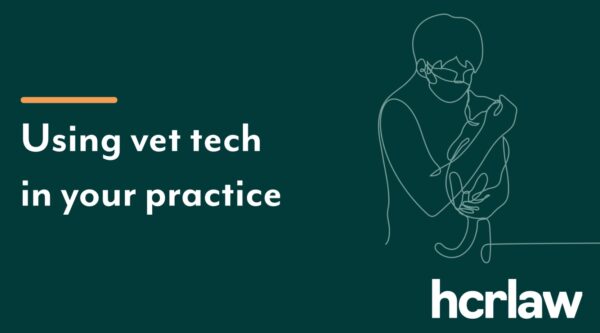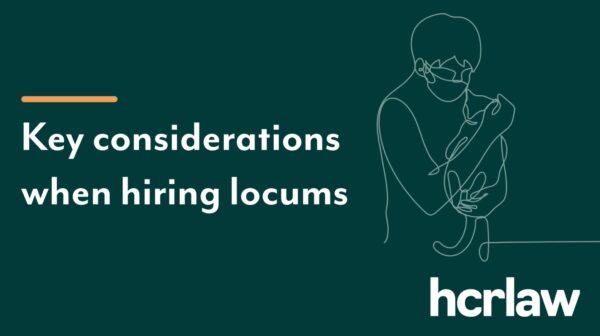

Veterinary practices have the opportunity to revolutionise the way they work through the use of artificial intelligence (“AI”).
Vet tech which has been AI-enabled could help improve overall efficiency, streamline operations and, most importantly, improve the care of animals. However, the risks need to be identified and managed.
Practices looking to use AI should adopt safeguards. The Royal College of Veterinary Surgeons (“RCVS”) is working on developing guidance for the proper use of AI in veterinary practices, focusing on using these responsibly and following ethical guidelines. Once it has finalised its guidance, it would be useful for the RCVS to collaborate with AI providers in the development of tools.
The California Veterinary Medical Association has already adopted a comprehensive policy on the use of AI in veterinary medicine, offering useful insights while we wait for the RCVS to catch up.
Opportunities
Operational efficiency
Scheduling appointments, managing inventories and billing can all be automated by AI – saving time, workload and stress. Therefore, more time can be spent on patient care. Chatbots powered by AI can handle routine enquiries from clients and provide quick, accurate responses.
Enhanced diagnostics and treatment
Diagnostic tools powered by AI can identify issues via x-rays and MRIs before vets look at them. This could assist practices which are larger or busier, or those who use an outsourced team. Abnormalities which could be missed by the human eye might be detected, and patterns could be identified across images that indicate specific diseases. This can allow vets to provide better, target treatments.
Remote monitoring
AI tools can analyse data from devices which are wearable, along with sensors, to provide real-time updates on animal health, allowing vets to intervene if any issues should crop up. This will be particularly beneficial for animal owners in remote areas or those with limited access to vet care.
Personalised plans
Unique health profiles of animals mean AI can create specific treatment plans. Tailored treatment plans can be drawn up based on genetic information, medical history, breed and age.
Predictive analytics
Vast amounts of data can be analysed by AI to predict disease outbreaks and identify trends in animal health, both in the local area and the wider UK. Through monitoring data from veterinary records and environmental issues, AI can help veterinarians anticipate and prevent the spread of diseases, by warning clients and starting vaccination programmes.
Addressing the risks
All technology comes with a risk, and AI is no different. Risks should be addressed and appropriate policies should be implemented.
- Data privacy and security
Use of AI in vet tech will involve collection and analysis of large amounts of data. This includes sensitive information about animals and their owners. Practices must implement security measures to protect the privacy and security of clients and to prevent unauthorised access and misuse.
- Reliability and accuracy
AI it is not infallible. It can enhance diagnostic accuracy, but there is a risk of false positives or negatives which could lead to incorrect treatments. Practitioners should continue to be responsible for decision-making and establishing treatment plans – do not allow AI to replace professional judgment and clinical expertise.
- Ethics
Practices need to strike the right balance, ensuring animals are responsibly cared for, and that their owners are able to interact with humans. AI should not make diagnoses and treatment decisions without human interaction. Practitioners should consider whether it is appropriate to obtain consent from clients about the use of AI tools.
- Training & education
Automating tasks through AI may give staff concerns about job security. While it can enhance efficiency, it is important to ensure that AI complements rather than replaces human expertise. Practices should train staff and provide opportunities for upskilling. They should also engage with their IT manager or provider to stay abreast of developments and improvements in AI.
- Cost and accessibility
Not every practice will be able to afford to invest in AI, which can often be expensive to implement. This could create disparities in access to higher-quality care, particularly in underserved areas. Veterinary practices should engage with the RCVS to help make AI technology more affordable and accessible to all.
Next steps
Use of AI by veterinary practices offers tremendous opportunities to improve animal care, enhance diagnostics, and streamline operations. However, practices should assess and address risks related to data privacy, reliability, ethics, cost, and job displacement.










